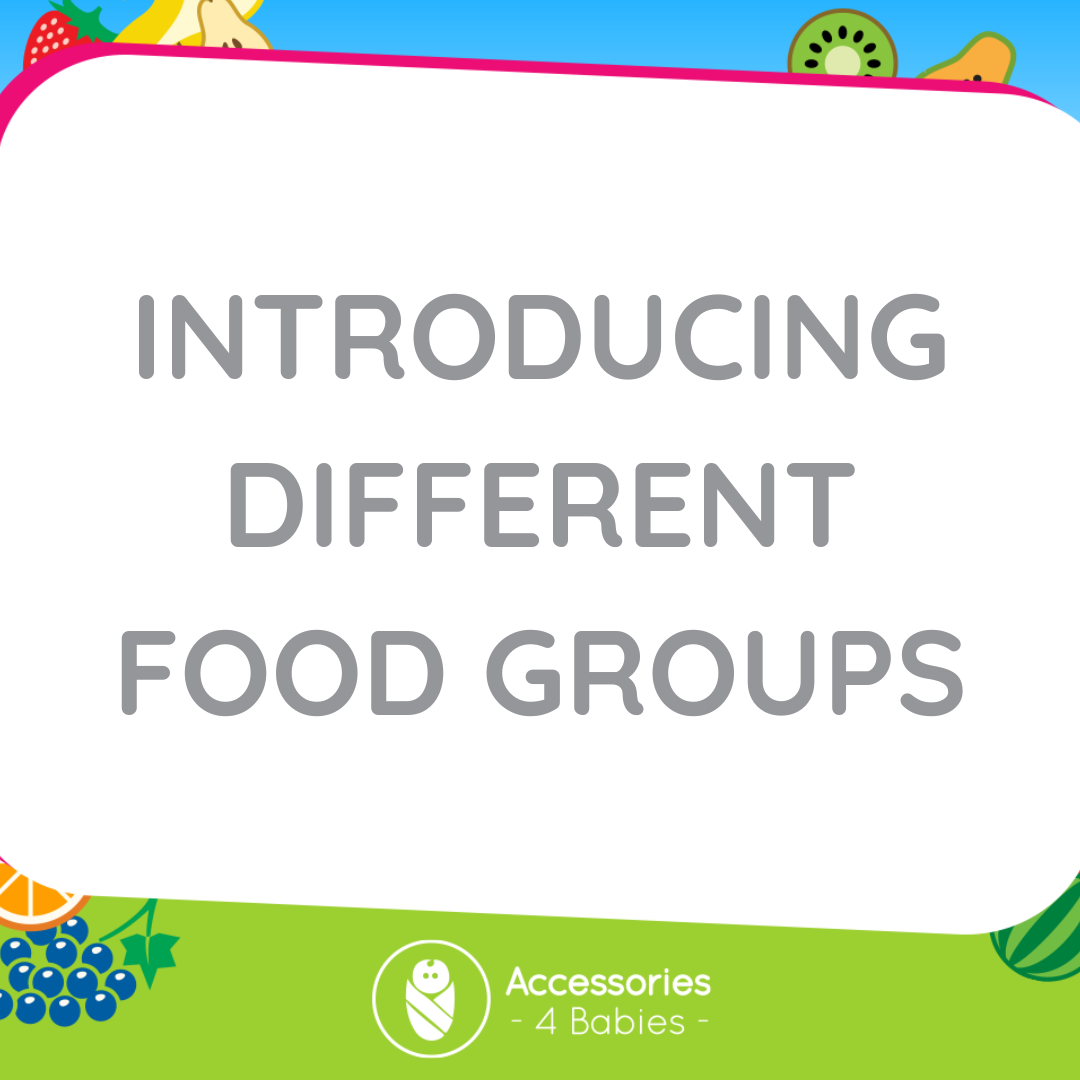
Introducing Different Food Groups
Introducing different food groups during the weaning process is an important step in providing a well-rounded and nutritious diet for your baby. Here’s a breakdown of how you can introduce various food groups to your baby’s diet:
1. Vegetables:
- Start with mild and easily digestible vegetables like carrots, sweet potatoes, peas, and squash.
- Steam or boil vegetables until they are soft and mashable.
- Gradually introduce a variety of vegetables, aiming for different colors and textures.
- As your baby gets used to single-ingredient purees, you can start experimenting with combinations.
2. Fruits:
- Begin with fruits that are naturally sweet and gentle on the stomach, such as apples, pears, bananas, and avocados.
- Ensure fruits are ripe, peeled, and pitted (if necessary) before offering.
- Mash or puree fruits to a suitable consistency for your baby’s age and developmental stage.
- Experiment with different fruits and mixtures to expose your baby to a range of flavors.
3. Proteins:
- Introduce lean proteins such as well-cooked and finely mashed chicken, turkey, or fish.
- As your baby progresses, you can also offer strained or pureed legumes like lentils, chickpeas, and black beans.
- Ensure proteins are thoroughly cooked, free from bones, and easy for your baby to swallow.
4. Grains:
- Begin with single-grain cereals like rice or oatmeal, mixed with breast milk or formula.
- Gradually introduce other grains such as quinoa, barley, and whole wheat.
- Cook grains until they are soft and easily digestible, then mash or blend to an appropriate consistency.
5. Dairy and Dairy Alternatives:
- Start introducing plain, full-fat yogurt or yogurt alternatives (if your baby is ready for dairy) around 6 months.
- Offer small amounts of cheese, ensuring it’s soft and easily chewable.
- If using dairy alternatives, opt for fortified versions to ensure your baby gets necessary nutrients.
6. Fats:
- Include healthy fats in your baby’s diet through sources like mashed avocado, nut butters (if there are no allergies), and olive oil.
- These fats support brain development and overall growth.
7. Finger Foods:
- As your baby becomes more adept at eating, introduce soft finger foods like small pieces of cooked vegetables, fruits, and soft cheeses.
- Offer appropriately sized and shaped foods to minimize choking hazards.
8. Allergenic Foods:
- Introduce potential allergenic foods (e.g., eggs, nuts, shellfish) one at a time and in small amounts to monitor for any adverse reactions.
- Consult with your pediatrician before introducing allergenic foods, especially if there’s a family history of allergies.
9. Hydration:
- Alongside solids, continue to offer breast milk or formula to ensure proper hydration, especially during the initial stages of weaning.
Remember, the key to introducing different food groups is to gradually expand your baby’s palate while monitoring for any signs of allergies or sensitivities. Pay attention to your baby’s cues and preferences, and consult your pediatrician if you have any concerns or questions.

Stockists





